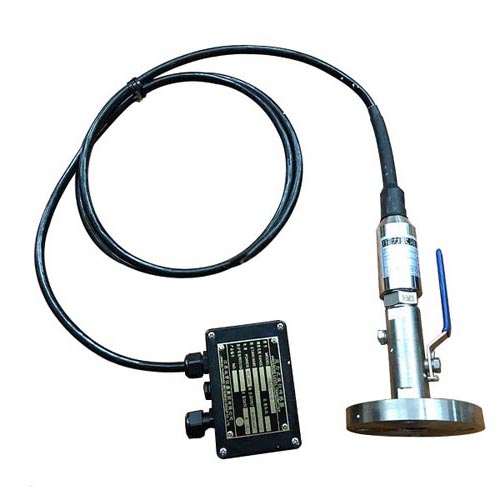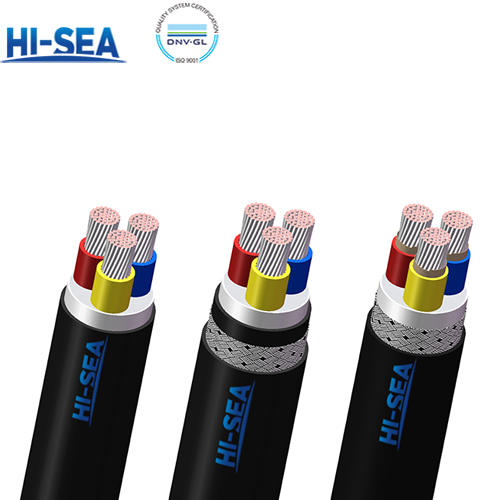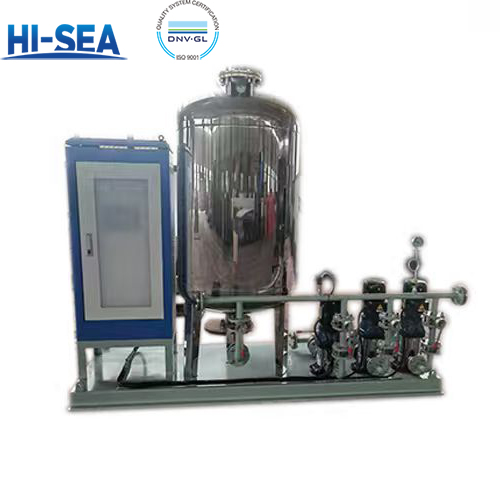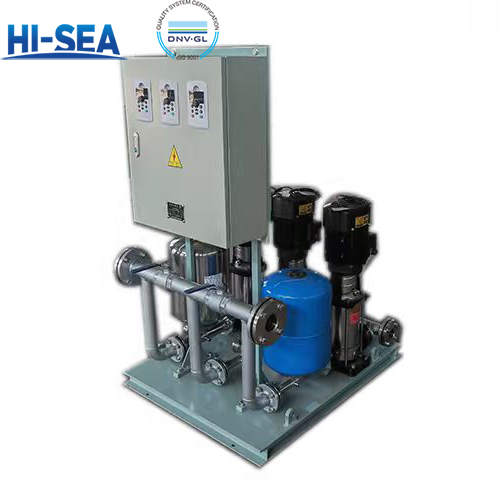
4-20mA Pressure Level Transmitters
Construction:
. Materials: Often made from stainless steel or other durable materials to withstand harsh industrial environments.
. Sealing: Designed to be weatherproof and sometimes explosion-proof, with ratings like IP65, IP67, or higher.
Connections:
. Electrical Connections: Typically use 2-wire or 4-wire configurations.
. Process Connections: Variety of fittings like NPT, BSP, flanges, or sanitary connections for different applications.
Overview
Informations
4-20mA pressure transmitter is a type of sensor used to measure pressure and convert the reading into an electrical signal that is transmitted over a current loop. The 4-20mA signal is widely used in industrial applications because it is less susceptible to electrical noise and signal degradation over long distances compared to voltage signals. Here are the key details about 4-20mA pressure transmitters:
Key Features
Range and Accuracy:
Pressure Range: Typically, these transmitters can measure a wide range of pressures, from vacuum pressures up to thousands of psi or bar.
Accuracy: High accuracy, often within ±0.1% to ±1% of the full-scale output.
Output Signal:
Current Signal: The transmitter converts the pressure measurement to a current signal that varies linearly from 4mA (representing the lowest pressure in the range) to 20mA (representing the highest pressure in the range).
Power Supply:
Voltage Supply: Usually requires a supply voltage between 12 to 36V DC.





